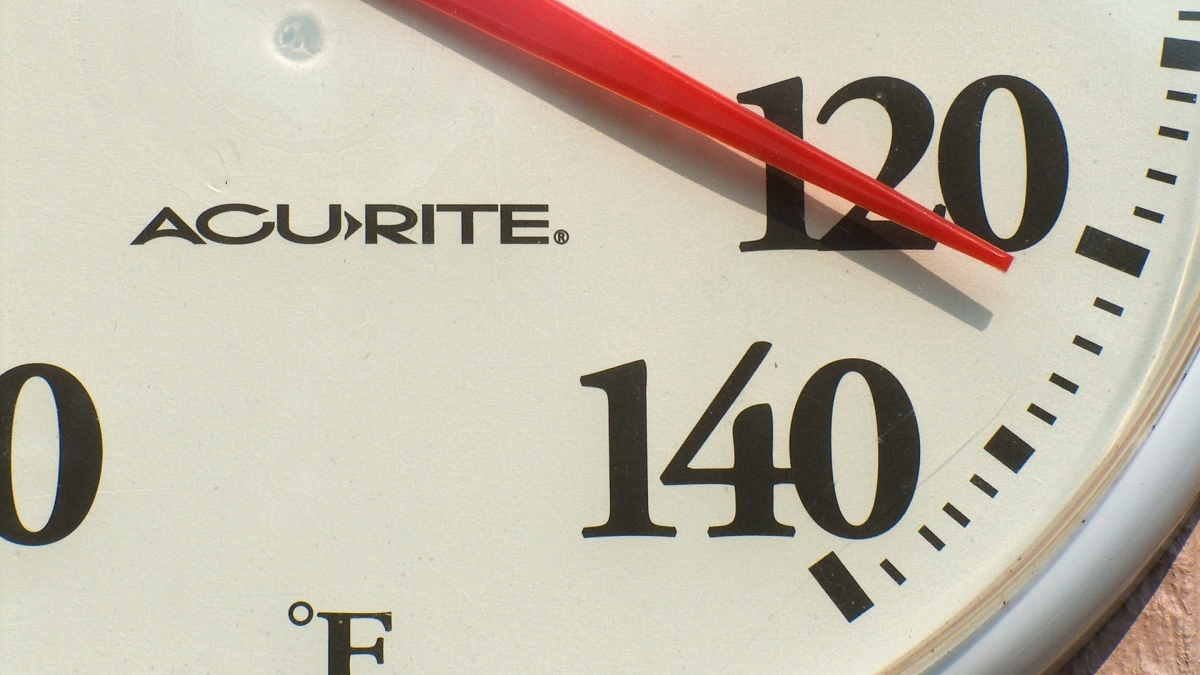On July 12, 1995, a days-long heat wave began in Chicago. On July 13, Midway International Airport clocked in at 106 degrees Fahrenheit. Nights, too, were abnormally hot with temperatures in the low 80s, offering scant relief from the heat and humidity.
Nearly 700 people died in Chicago alone. Especially hard hit were those who didn’t have air conditioning or couldn’t afford to turn it on, or who had windows nailed shut because of the fear of crime. The poor, the elderly and the isolated were particularly vulnerable. What’s more, the local government was ill-prepared for such an event.
To better prepare for an ever-warming world in which heat waves are increasingly common, a group of international researchers is calling attention to the physiological variables and complexities of how humans react to the heat, or their “thermoregulation.” It turns out that these variables characteristically are often oversimplified and that oversimplification can result in a faulty understanding of how heat will affect humans as the climate changes.
The researchers’ commentary, “Simplicity lacks robustness when projecting heat-health outcomes in a changing climate,” was published online in the journal Nature Communications.
“We’re hoping that this paper will lead people to think more about the intricacies of the human body and how it deals with heat in the same way that we think about the intricacies of climate models,” said Jennifer Vanos, assistant professor in Arizona State University’s School of Sustainability and the paper’s lead author.
But current human models that analyze humans’ heat-strain responses exacerbated by climate change don’t account for key complexities and nuances.
“All heat-related mortality is potentially preventable, with all countries affected by increases in the frequency, intensity and duration of heat waves,” explained Kristie Ebi, professor of global health at the University of Washington and a co-author of the commentary. “Providing robust projections are critical for informing effective interventions.”
The paper highlights the importance of multidisciplinary teams to address the complex challenges of projecting the extent to which heat-related morbidity and mortality could be altered by additional climate change, said Ebi.
Many past studies are published by climate researchers without input from health modelers or physiologists.
“Physiological heat strain can involve not just rises in core temperature but increases in the work that the heart must do to help keep core temperature in check,” said co-author Ollie Jay, professor of heat and health and director of the Thermal Ergonomics Laboratory at the University of Sydney in Australia.
“Cardiovascular collapse is one of the leading causes of hospitalization and death during heat waves,” he said. “There are also limits to sweating, which change as a function of factors such as age, that are not currently accounted for in current projection models. The capacity to perform everyday activities and outdoor work are also key considerations for whether a region will be livable in the future.”
Human health models may use “conservative assumptions” to calculate heat exposure that can lead to underestimating the risk of prolonged exposure to elevated temperatures, explained Vanos. For example, one previously used scenario assumes a person is completely sedentary, unclothed, in the shade, maximally heat acclimatized and an average-size adult — not a realistic representation of many people and certainly not of someone with an illness, on medication or of advanced age.
The authors state that the key to successfully assessing heat’s effect on humans also involves accurately estimating the length of time someone spends in the heat. Duration affects whether core body temperature rises and by how much, which in turn affects the risk of heatstroke. Likewise, cardiovascular strain from dehydration or physical exertion can affect how people fare.
For example, researchers should consider numerous variables to accurately project how short bouts of work, say 15 to 30 minutes, affect athletes or how long periods of exertion affect outdoor workers.
Of particular concern to the researchers is the world’s aging population, said Vanos.
“We know that demographics are shifting, and we know that the elderly are more at risk for heat death due to thermoregulatory decline. These changes increase the urgency of identifying better ways to cope, other than just air conditioning, so that people can keep safe now and in a warming climate.”
Inaccurate and unreliable effects of extreme heat are not only dangerous for individuals but can put individual communities at risk when it comes to preparedness.
“That can be really dangerous in terms of decision-making and how health resources are spent,” said Vanos.
In essence, inaccurate projections can result in either over- or underpreparation for the heat in a given location, which in turn can lead to avoidable morbidity and mortality.
Vanos and her co-authors emphasize the importance of analyzing a range of realistic variables and considering what that means when it comes to an area’s livability, not just its survivability.
“We often see news reports of study results suggesting that a place in the future will not be survivable,” said Vanos. “That’s important, but we want a place to be livable, not just survivable. Livable means the climate can safely sustain work, play and well-being for an extended period of time.”
More Health and medicine

Moeur awardee seeks to turn passion into tangible human impact
Editor’s note: This story is part of a series of profiles of notable fall 2024 graduates.During high school, Nguyen Thien Ha Do,…

Health Solutions graduate trains to become a better health educator
Editor’s note: This story is part of a series of profiles of notable fall 2024 graduates.At almost 15 years old, Robyn Colao, who…
ASU team part of nationwide study looking at Type 2 diabetes in youth
Near the end of an interview in which he talked about the work his team will be doing to tackle the rise in Type 2 diabetes among…
